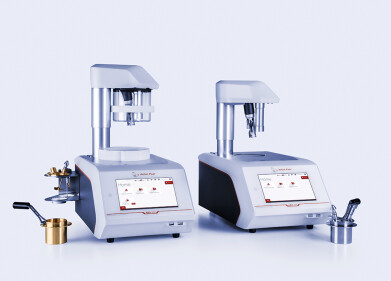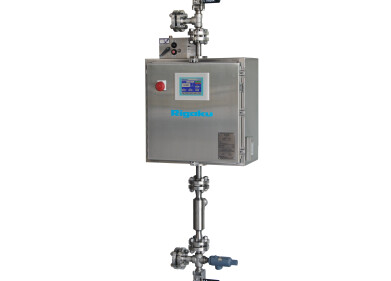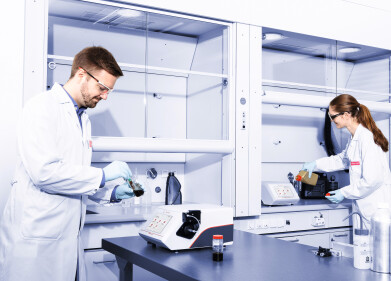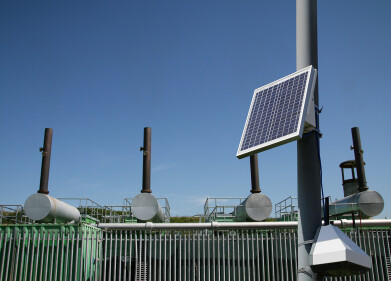Measurement and Testing
Why is ASTM D2887 Important?
Aug 30 2022
Of all the properties used to characterise petroleum products, boiling range distribution is one of the most important. It’s used to predict performance and assess suitability for different applications, as well as determine market price.
A variety of techniques are used to calculate the boiling range distribution of petroleum products, including the ASTM D2887 - Standard Test Method for Boiling Range Distribution of Petroleum Fractions by Gas Chromatography.
In a guide published by scientific instrument manufacturer Thermo Fisher Scientific, author Peter Morgan describes ASTM D2887 as “the gas chromatography (GC) conditions for simulated distillation of petroleum fractions in the boiling point range of 55.5 to 538 °C.”
Defining boiling range
Boiling point distribution describes the range of temperatures at which petroleum products and fractions will boil. Unlike liquids such as H2O which have a single and constant boiling point, composite liquids such as gasoline and diesel oil boil over a wider range.
This is because petroleum fractions are comprised of thousands of individual compounds. So, complex liquids like gasoline and diesel oil will boil over a much larger temperature range. The initial boiling point (IBP) marks the temperature at which the first drops of distillation are released by compounds with the lowest boiling points. The final boiling point (FBP) marks the temperature at which compounds with the highest boiling points begin to form distillation drops and evaporate. These two temperatures form the boiling range distribution.
Why boiling range distribution matters
Now we know more about boiling range distribution, let’s take a look at why this characteristic matters and the benefits of petroleum testing.
- Calculating the boiling range distribution of petroleum-based feedstocks helps refineries estimate potential yield and profits.
- Insight into boiling range distribution helps refineries determine the suitability of feedstocks for infrastructure. For example, feedstocks with a high boiling range distribution may not be suitable for certain refineries. Analysing boiling range distribution is a useful way to assess compatibility and minimise the risk of damage to expensive equipment.
- Helps refineries maximise energy efficiency. In the face of climate change and air pollution, refineries are under increasing pressure to minimise their energy consumption. Boiling range distribution has become a good way to assess how energy efficient certain feedstocks will be.
- Boiling range distribution is used by industry regulators to carry out quality control and screening processes.
ASTM D2887 is one of hundreds of methods used to characterise crude oil and petroleum products. Find out more about the multifaceted industry and learn about methods used to calculate properties such as flash point, API Gravity and concentrations of contaminants such as sulphur, zinc and calcium in ‘Petroleum Testing - A Comprehensive Guide.’ Or check out 'Recent advances in testing the lubricity of diesel fuel' for a more in-depth look at lubricity testing in particular.
Digital Edition
PIN 25.5 Oct/Nov 2024
November 2024
Analytical Instrumentation - Picturing Viscosity – How Can a Viscometer or a Rheometer Benefit You? - Sustainable Grease Formulations: Evaluating Key Performance Parameters and Testing Method...
View all digital editions
Events
Nov 26 2024 Paris, France
Nov 26 2024 Amsterdam, Netherlands
Nov 27 2024 Istanbul, Turkey
Biogas Convention & Trade Fair 2024
Nov 27 2024 Hanover, Germany
Dec 03 2024 Dusseldorf, Germany



















